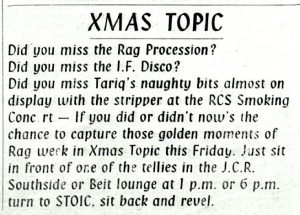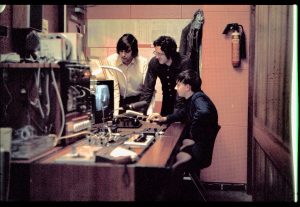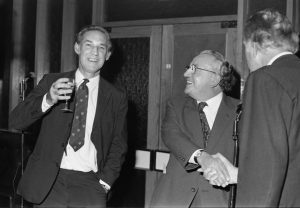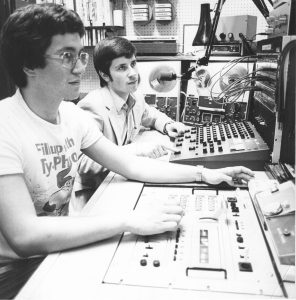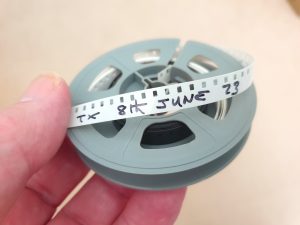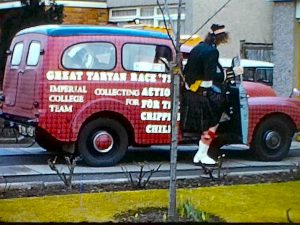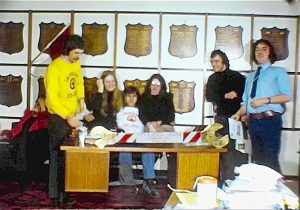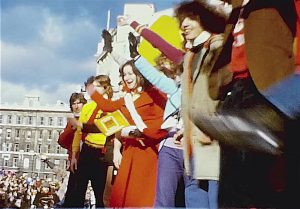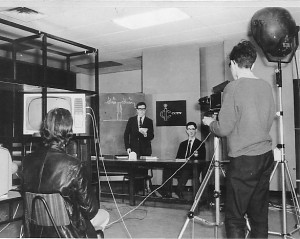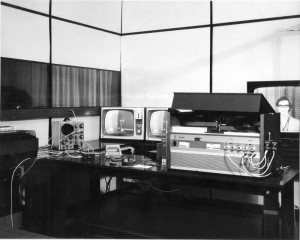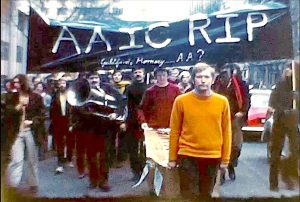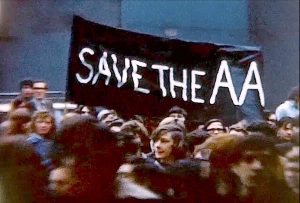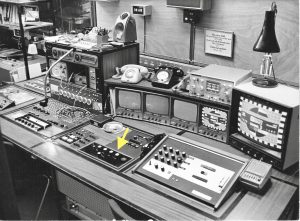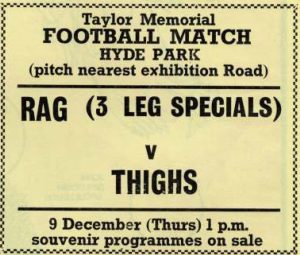 In the Christmas edition of Felix from 1971 it was announced that on the 9 December the Taylor Memorial (Silly) Football Match would take place. It did, and STOIC were there to capture the event. You’ll notice that the picture is rather dim and very grainy. That’s because it was shot on 8mm film that STOIC developed ‘in house’ rather than use colour film that required external processing. With this method the film was available to be used within hours. It was in fact used in the Christmas Edition of TOPIC the weekly news programme. No sound of course, but there was a commentary added during the programme.
In the Christmas edition of Felix from 1971 it was announced that on the 9 December the Taylor Memorial (Silly) Football Match would take place. It did, and STOIC were there to capture the event. You’ll notice that the picture is rather dim and very grainy. That’s because it was shot on 8mm film that STOIC developed ‘in house’ rather than use colour film that required external processing. With this method the film was available to be used within hours. It was in fact used in the Christmas Edition of TOPIC the weekly news programme. No sound of course, but there was a commentary added during the programme.
Were you in either of the teams back in December 1971? And does anyone know why it was the Taylor Memorial match? I can’t find any references to that name.
Colin Grimshaw July 2021
